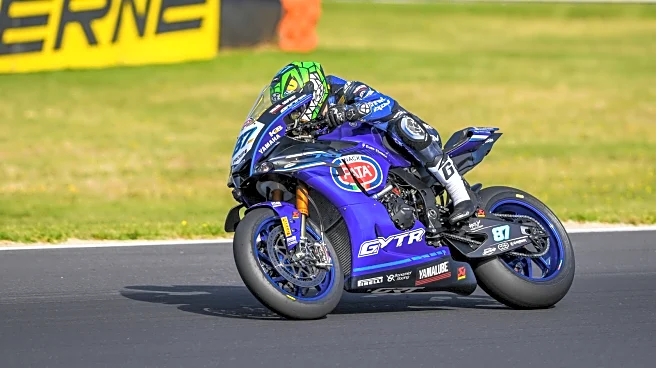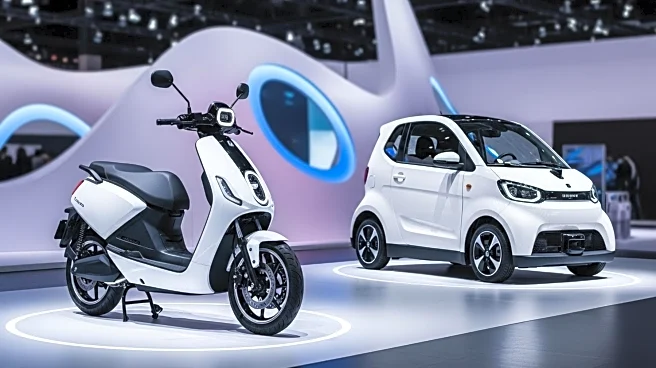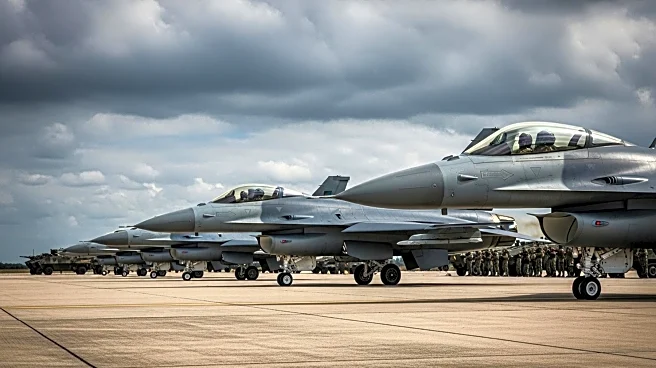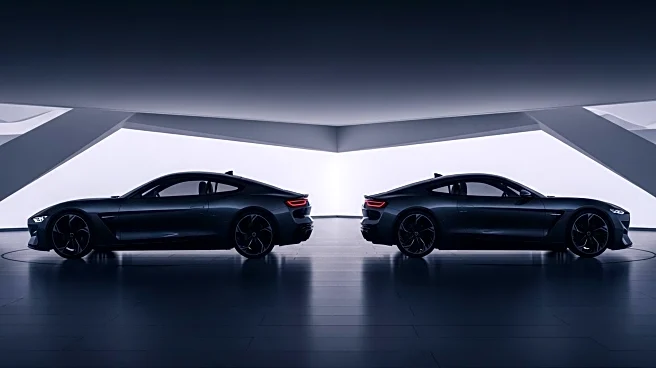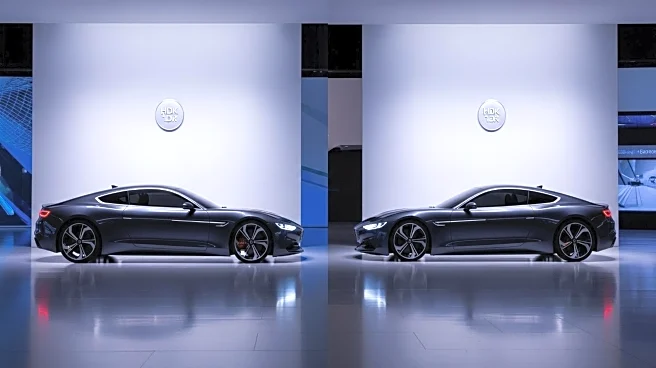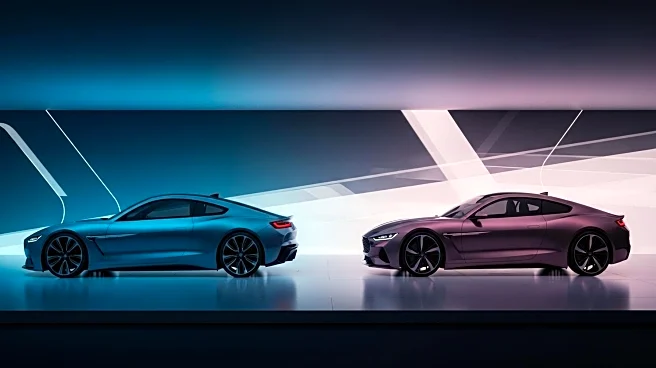
The world-famous musical instrument company, Yamaha, is also known as one of the "Big Four" Japanese motorcycle makers alongside Honda, Kawasaki, and Suzuki. We began by introducing Yamaha as a musical company, given its history of producing musical instruments before expanding into the motorcycle business in 1955. Cut to now, it is one of the major motorcycle brands in the world, making bikes serving different categories, even some models that can be quite difficult for a new rider. There are also a bunch
of Yamaha bikes that may put a serious dent in your pocket if you are looking to purchase them.
Right from the first-ever Yamaha bike, the YA-1, aka the 'Red Dragonfly,' to the latest models, Yamaha bikes have evolved from small engine motorcycles to high-performance street-legal bikes. The innovation has not only filled the bikes with a lot more tech and advanced features, but they have also become quite fast. Yamaha frequently expresses the 'Racing is in our DNA' sentiment to glorify its racing heritage, which can be understood by the fact that it entered the Mt. Fuji Ascent Race with its YA-1 bike, just 10 days after Yamaha was founded. Now, the company has several accolades, such as several MotoGP championships, the FIM Superbike World Championship, and several other superbike crowns.
We have compiled a list of some of the fastest Yamaha motorcycles ever made.
Read more: 5 Limited Edition Firebirds Every Pontiac Fan Should Know About
Yamaha YZF1000 Thunderace (165 Mph)
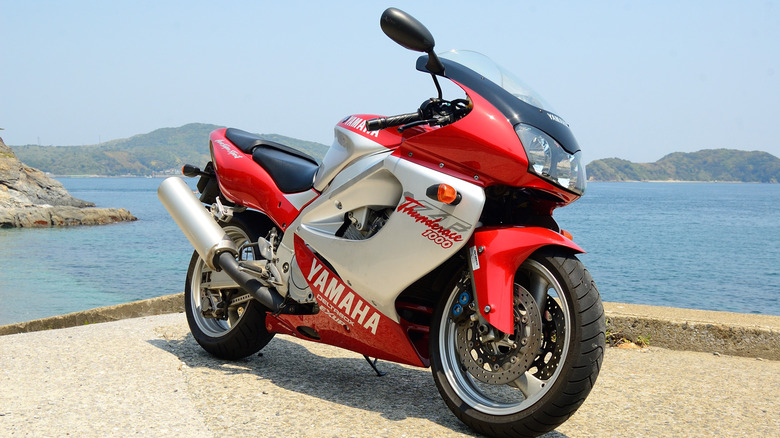
Yamaha introduced the YZF1000 Thunderace in 1996 as a rival to the Honda CBR900RR -- but there was something more on offer. The Thunderace aimed at providing better handling on twisty roads and through corners, an area where the Honda CBR900RR excelled. Built on the chassis of the 750cc YZF750R and fitted with a 1,000 cc four-cylinder engine, it produced a solid 145 hp and 70 lb-ft of torque. The result was a bike that combined Yamaha's racing DNA and one of the best handling characteristics of any 1,000 cc bike from the company.
Despite its strengths, the Thunderace struggled in sales because the Honda CBR900RR had firmly established its place in people's minds, and Honda's Fireblade further overshadowed the buzz for the Yamaha YZF1000 Thunderace. Yamaha eventually struck back with the legendary R1 in 1996. Still, the Thunderace held its own. The inline-four was quick on its own terms and turned out to be an engaging sports bike. Speaking of speed, according to Motorcycle News, the Yamaha YZF1000 Thunderace could hit a top speed of 165 mph(265.5 kmph), impressive for any era.
The inaugural Thunderace (1996) debuted in red/white and black/grey color combinations, followed by red/white/black and black/blue in 1997. The 1998 model was launched in only a blue and black color combo. While European motorcycle magazines of the time may not have highly rated the YZF1000 Thunderace, it is still one of the quickest machines produced by Yamaha.
Yamaha YZF-R6 (169 Mph)

In its 25th year, the Yamaha YZF-R6 remains one of the quickest motorcycles produced by the Japanese maker. First introduced in 1999, it is one of the models in the iconic R-series, which is led by the YZF-R1. Interestingly, the YZF-R6 was built as a rival to the YZF-R1. Yamaha kept the base concept of the R6 similar to the R1 but focused more on the light and compact chassis and fitted it with a 600 cc engine, which was quite peppy. The performance was so much track-tuned that the company stopped selling the street-legal R6 in several countries, replacing it with the YZF-R6 Race.
The bike's engine produced over 120 hp and revved to 14,000+ rpm while weighing between 189 and 192 kg. This performance, plus its lightweight chassis, helped it reach a top speed of 169 mph (272 kmph), according to FastestLaps. The second generation, introduced in 2003, featured an all-new engine design and an aluminum frame. In 2006, the engine was tuned to produce 127 hp, and the YZF-R6 received a totally new design. It was also the year the Yamaha YZF-R6 became the first bike to come with fly-by-wire throttle control, thanks to the addition of the Yamaha Chip Controlled Throttle (YCC-T) ride-by-wire system previously only used in racing bikes.
The bike underwent a significant upgrade in 2017, which resulted in a loss of power due to the European Union's emission norms. And, finally, after the Euro V emission rules of 2020 came into effect, Yamaha made the R6 a race-only product. The R6 was also voted the 2006 Bike of the Year by Bike Magazine, one of several feathers in its cap.
Yamaha FZR1000 EXUP (170 Mph)
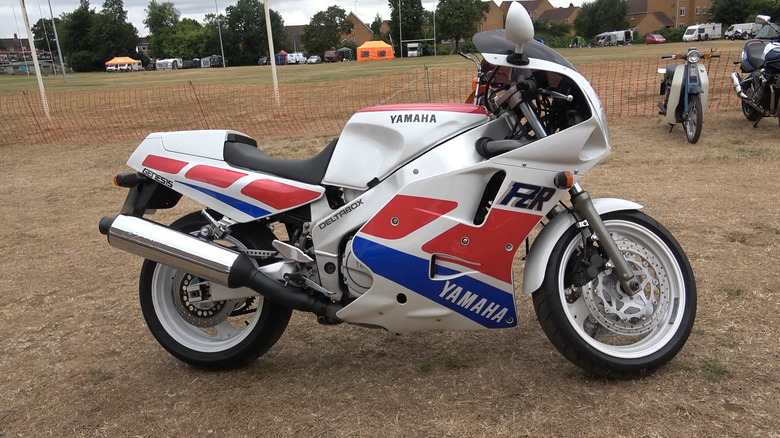
The Yamaha FZR1000 EXUP launched in 1989 as the upgraded version of the FZR1000, which was introduced in 1987. While it was in the same line, the FZR1000 EXUP was a 90% new bike with a new Exhaust Ultimate Power Valve (EXUP), new 17-inch wheels, and a Deltabox aluminum frame, the first ever on a big bike. The EXUP system changed exhaust tuning as the rpm increased or decreased, resulting in boosted power output and better fuel efficiency. According to Motorcyclist, the FZR1000 EXUP was "stiffer, stronger, sharper, or all of the above" over its predecessor.
The bike came up with a 1,002 cc inline-four DOHC engine that produced 145 hp, compared to the 135 hp of the 1987 FZR1000. The second-generation FZR1000 EXUP introduced a perfect balance of handling and balance, with better steering characteristics. The Yamaha FZR1000 EXUP could reach a top speed of 170 mph, which translates to 274 kmph, according to Fastestlaps. Cycle World praised the FZR1000 EXUP in its review, saying, "To confine this bike to the city streets and freeways of America is to do it a felony injustice."
The FZR1000 EXUP also received a strengthened suspension, reducing the flex during sudden braking and hard cornering. In 1996, the YZF Thunderace replaced the FZR models, bringing an end to an era of super-fast yet agile bikes from Yamaha.
Yamaha YZF-R7 OW-02 (174 Mph)
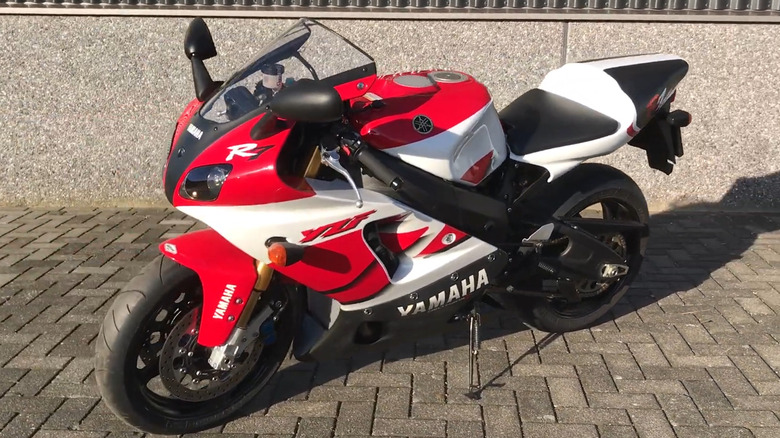
One of the rarest yet fastest Yamaha motorcycles ever produced is the Yamaha YZF-R7, codenamed OW-02. Yamaha introduced the real R7 back in 1999, which should not be confused with the YZF-R7 powered by the parallel-twin engine. Only 500 units of the bike were produced and sold worldwide between 1999 and 2000, with 50 units imported to the U.S. Additionally, 10 units were handed over to the Yamaha racing team. It was placed between the YZF-R1 and YZF-R6. The YZF-R7 was powered by a 750 cc liquid-cooled four-stroke DOHC engine that produced 105 horsepower.
This newly developed engine was mounted on a three-axis layout with titanium rods and an aluminum Deltabox II frame. The Yamaha YZF-R7 could hit a top speed of 174 mph, or 278 kmph, as per Motorcyclespecs. Don Canet, Cycle World's road test editor, wrote in his review that "the R7 experience was like riding in seventh heaven." Interestingly, the bike was sold in a low-horsepower configuration compared to the Yamaha R6. However, the company did sell a race kit that would bump the power to 160-odd horsepower.
Sadly, reliability was not a forte of the Yamaha YZF-R7. The Yamaha YZF-R7 was built to clinch the World Superbike Championship. However, the bike could only come close to the second position, behind Honda. Yamaha then dissolved its World Superbike team, which called the curtains for the R7. After stopping production in 2000, Yamaha launched the YZF-R7 in 2021, which, although sharing the same name as the original YZF-R7, did not have the characteristics of the original beast. The bike is available in its 2025 avatar.
Yamaha YZF-R1M (186 Mph)
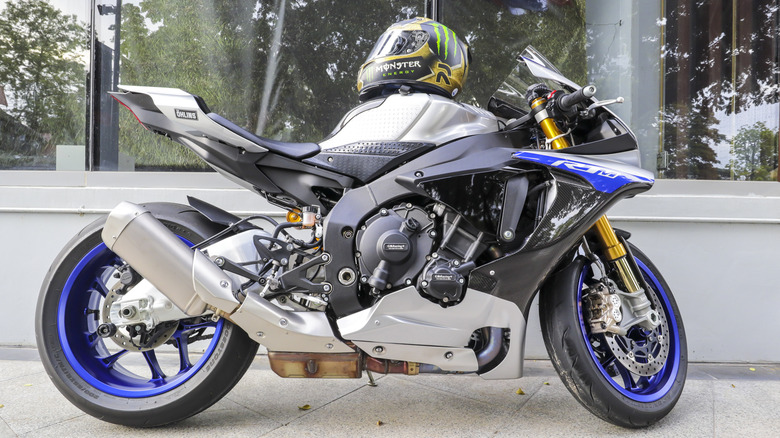
The Yamaha YZF-R1M boasts a top speed of 186 mph, which converts to 300 kmph (according to Motorcycle News). The Japanese motorcycle maker launched the YZF-R1 and its track-focused sibling, the YZF-R1M, in 2015, which are two of the most powerful offerings from Yamaha and the crown jewel of the YZF R-series lineup. Both the YZF-R1 and YZF-R1M are powered by a 998 cc, liquid-cooled, inline four-cylinder DOHC engine, producing 196 hp and equipped with a six-speed transmission. They also share essentials such as mileage, tire size, and fuel tank capacity, but the R1M is considerably more track-focused.
The YZF-R1M differentiates itself from the R1 with a premium Öhlins racing suspension at both the front and rear, something also found on exotic superbikes. Additionally, the Yamaha YZF-R1M features a carbon fiber body that not only elevates its style from the standard R1 but also makes it rigid and highly reliable. Another major difference is that the YZF-R1M comes equipped with Yamaha's Communication Control Unit (CCU) that lets you see and tweak engine settings via a smartphone or tablet. It also has a GPS data-logging system, which offers the rider information such as GPS-powered course tracking and automatic lap time tracking.
While the Yamaha YZF-R1M isn't the fastest bike in the world -- that crown belongs to the Kawasaki Ninja H2R -- it is the fastest motorcycle from Yamaha and a true icon in the superbike world. In simple words, the YZF-R1M is about as close as you can get to getting a MotoGP machine on the street.
Methodology
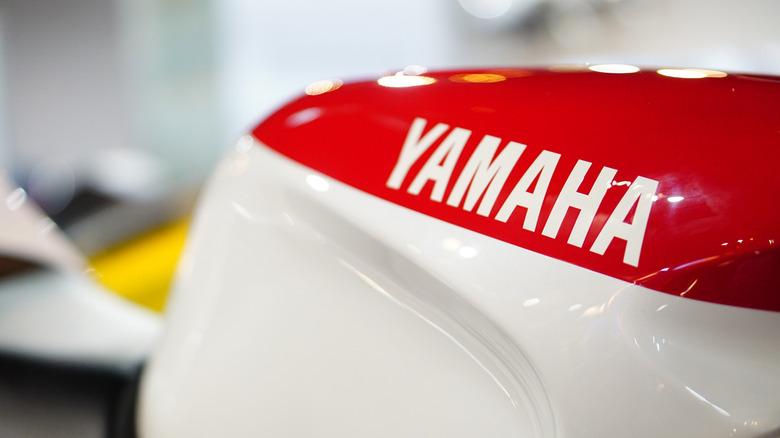
We have compiled the above list by taking top speed data from sources such as Fastestlaps, Motorcycle News, and Motorcyclespecs. These are widely accepted maximum speeds these bikes can achieve. We have cross-verified with multiple sources to avoid relying on a single source. This list doesn't contain concept bikes, track-only bikes, or any special edition/modified Yamaha models.
Want the latest in tech and auto trends? Subscribe to our free newsletter for the latest headlines, expert guides, and how-to tips, one email at a time.
Read the original article on SlashGear.
